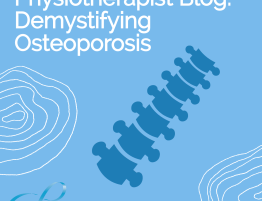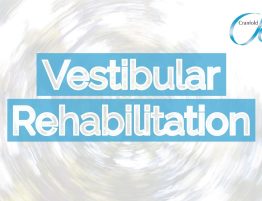
It is that time of year that we dust off our ski boots, shine the snow boards and book our week away in our winter wonderland of choice. You may have had a busy few month’s of life’s hurdles and the wet weather has held you back from your diligent ski-prep programme.
Do not worry – in this blog we want to give you the basics on the best way to approach your week. We will advise on what to prioritise in a short space of time and how to optimise your week in the mountains to minimise injury.
The biggest precursor to injury when skiing, aside from collision, is fatigue and a sudden change increase in demand on our tissue. Our bodies need consistency and don’t tolerate change too quickly without some warning. Many of us will admittedly leap from a sedentary few months of winter into 5-7 days straight, asking several hours-a-day of high intensity cardiovascular and endurance exercise of our body. Not to mention, our brain is in override trying to navigate other humans and try desperately not to fall (for some, not everyone). The back-to-back demand on our muscles and joints means they do not get the necessary recovery time and therefore can fatigue quicker. All of the above means the demand exceeds the capacity of our muscles and joints, putting mainly our knees but also shoulders, wrists, hips at risk of strains, sprains and worse.
How to prepare:
If time is not on your side and you are not consistent with any form of exercise just set-aside 10-15 minutes a day to a movement, combining some mobility with strength work. Something is always better than nothing to warn your body what is coming. Aim for 2-3 rounds of each exercise with repetitions to fatigue (6-12 reps).
Below are just a handful of examples you can try:
Vary them up and / or combine 2-3 each day so you change the demand on the body.
Mobility:
- Fire hydrants in standing or kneeling – 4 Point Hip CAR’s – YouTube
- Hamstring sit backs – Hamstring stretch – YouTube
- Yoga based hip mobility flow – Unwind with Restorative Hip Flow – YouTube
Strength:
- Wall sit / squat with hold – Wall Sit – YouTube
- Lunges – in multiple directions – Lunge Matrix: Multidirectional Lunge Exercise – YouTube
- Single leg RDL – Dumbbell Single Leg RDL – YouTube
- Sitting on a cardio machine for 20-30 minutes to maintain an elevated heart rate 2-3x/ week.
Whilst away – keep the injuries at bay:
- Rehydrate well after your day on the slopes 2 litres / day
- Warm water exposure or short-term cold water exposure (please do not do if you have cardiovascular issues or have not done beforehand)
- 7-9 hours of sleep
- Daily stretching/ mobility after you ski
- Build up your days gradually – take rests, add an hour a day.
- Avoid new slopes/ tricky slopes at the end of the day when you are tired
- Take the last lift down – quality NOT quantity
- Alcohol and skiing don’t mix well – need we say more.
- Skiing fast and steep is not cool if you cannot control it – you put yourself at risk and others.
- Side step or side slip down
- Hold ski’s and bump slide down
- Take an easier route.
Please remember if you have any significant health conditions or don’t feel able to perform the exercises advised contact us and book in with a physio or check with your GP what you can or cannot do. The advice in this article does not wholly exclude you from injury – ski safe, be smart, listen to your body.
Write a comment:
You must be logged in to post a comment.








